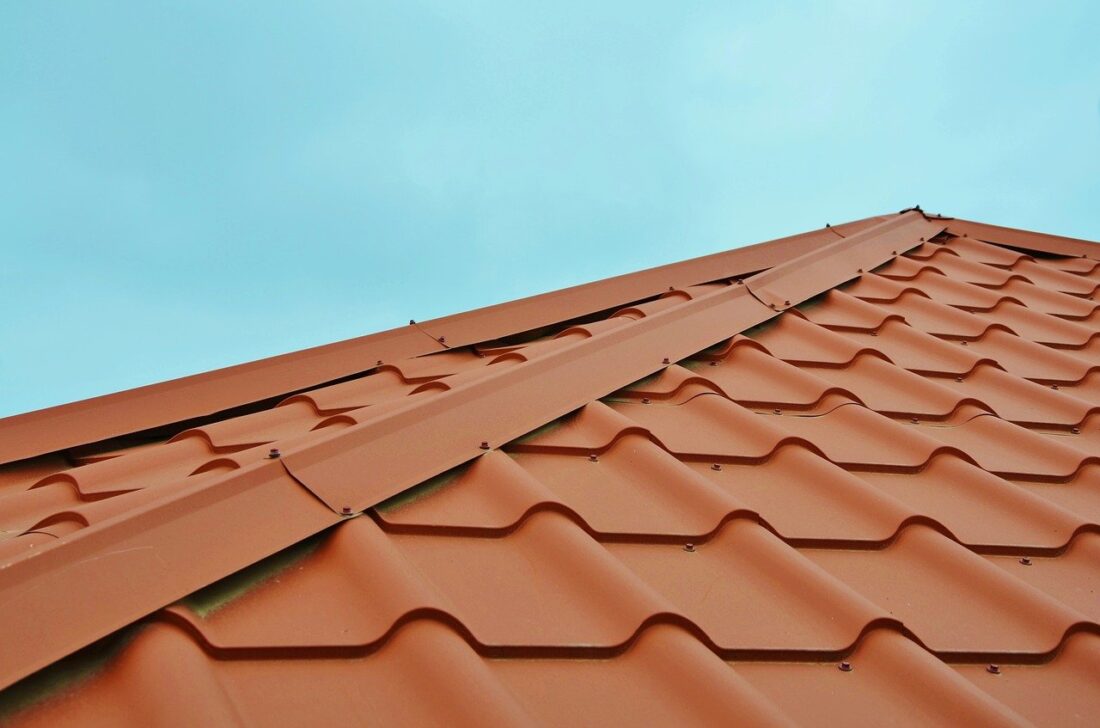 A faulty roof can cause severe damage to your home. The stream of water that infiltrates your drywall can lead to unwanted molds and rotting of the wooden frames that are made to support your house. A damaged roof should be repaired as soon as possible to prevent further issues. However, it is beneficial to know what necessitates roof repair or the need to install a new roof. The attention to roof maintenance is also important and may prevent bigger issues in the long run.
A faulty roof can cause severe damage to your home. The stream of water that infiltrates your drywall can lead to unwanted molds and rotting of the wooden frames that are made to support your house. A damaged roof should be repaired as soon as possible to prevent further issues. However, it is beneficial to know what necessitates roof repair or the need to install a new roof. The attention to roof maintenance is also important and may prevent bigger issues in the long run.
If you’re working on a budget, and your roof needs minor repairs, you may be able to fix a simple job yourself through thoughtful planning. But not every issue is as forthright as it appears. What may seem like basic patchwork might actually need a major reroofing replacement, which will require the service of a professional. Before undertaking any repairs, it is essential to ask for a full inspection and quote because new roof costs may vary due to the different types of roof each house has.
We have listed below helpful roof repair tips to keep it in tip-top shape for many years to come.
Table of Contents
Locate the damage
Try and have a general idea as to where the damage to your roof is and what caused it. Damage can occur through bad weather, particularly during the rainy season or the winter months. Storms or a typhoon can bring in heavy rain that can damage the roof and lead to water intrusion and contribute to further issues with your home’s foundation. Or it could be due to a contractor who has accessed your roof to install another service in your home. Spraying the roof in different locations with a garden hose can also help locate leaks. A worker may have possibly dropped a work tool that may puncture the surface unintentionally. Make a regular inspection schedule twice a year to check for age-deterioration, leaks, and prevent any major damages that can be expensive to repair.
Keep safe
Fretting to find a leak as soon as it occurs is something that could put you at risk of having an accident. Consider the outside weather, do not go up on the roof when it is raining or is frozen with ice and snow. Persisting to temporarily fix a leak can be perilous. Looking for a quick solution to repair your roof will never generate good results. Be patient and cautious. Wait for the weather to improve. Make sure you are physically able because climbing on a roof can be strenuous. Wear sturdy shoes with a rubber sole to prevent slipping. Never inspect the roof on your own, wear a safety harness, and bring a companion to work with.
Clean the gutters
Dry leaves that accumulate into gutters are one of the leading causes of roof leaks. Clogged gutters can cause water to build-up due to a heavy downpour and increase pressure on a weak roof. It is imperative to create a consistent schedule or routine to clean all the gutters surrounding your home’s roof area. The region where two roofs intersect is called a valley or ridge. This place is a very common location for leaks and where water and leaves can accumulate. The gutters should also be looked into before and after a rainstorm, typhoon, or bad weather. General inspections and quarterly cleaning is a must, especially during fall as leaves can obstruct drains and gutters. Regular inspections will let you know what condition your roof is in, immediately let you address potential issues, and be prepared for the next season.
Inspect the shingles
A roof shingle is a roof covering that is made up of individual overlapping elements. They are normally flat, rectangular shapes that are laid from the bottom edge of the roof going up. Each shingle overlaps with the joints below it. If your roof has a number of damaged or missing shingles and is located in a specific area, it is viable to replace the faulty shingles. However, it is important to source shingles that are the same shape, size, style, and color as what you have existing on your roof. Sometimes shingles can start to crack after they have been nailed to the roof. Poor installation can lead to leaks.
Know what you’re working with
It is helpful to know the age of your roof, the materials your roof is made of, and what is needed to fix it. Verify from a certified contractor before purchasing anything from your home improvement store. Plastic roofing cement is a common product that can be stored in your home in case of an emergency. The chemicals in the plastic cement may be used as a wet application and can stick to the surface of the damaged roof and seal the hole effectively. Polyurethane sealant is a handy solution for water intrusion. It is compatible with various roofing systems and can be used to seal a faulty pipe. Roof tape is also a temporary fix if you find yourself in a pickle, It can easily be removed until a proper repair technician can come to your aid to fix it for you.
In closing
Keep in mind that it is best to take care of the issue as soon as you spot it. If you have a basic understanding of the use of tools and materials, simple DIY roof repair can work. But if the problem appears to be bigger than what you can handle, its always best to call a professional who can inspect your roof and provide a reasonable quote for the job at hand. A well-maintained roof that is regularly checked and cleaned will not only keep your home protected but will save you from costly repairs in the long run.







